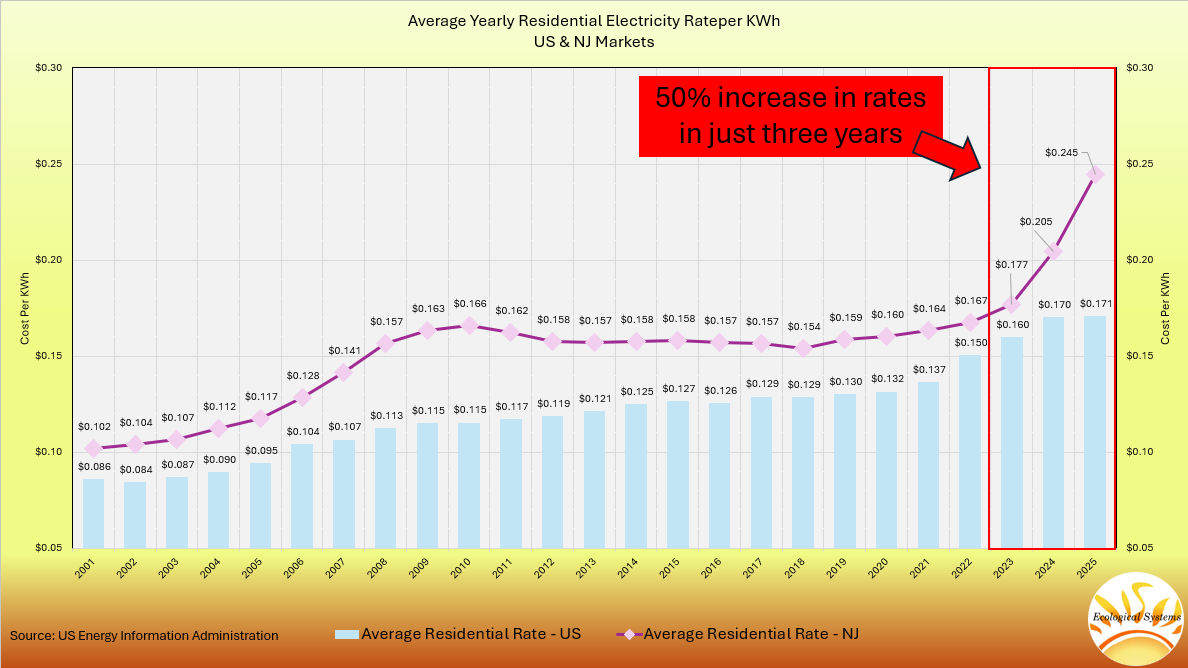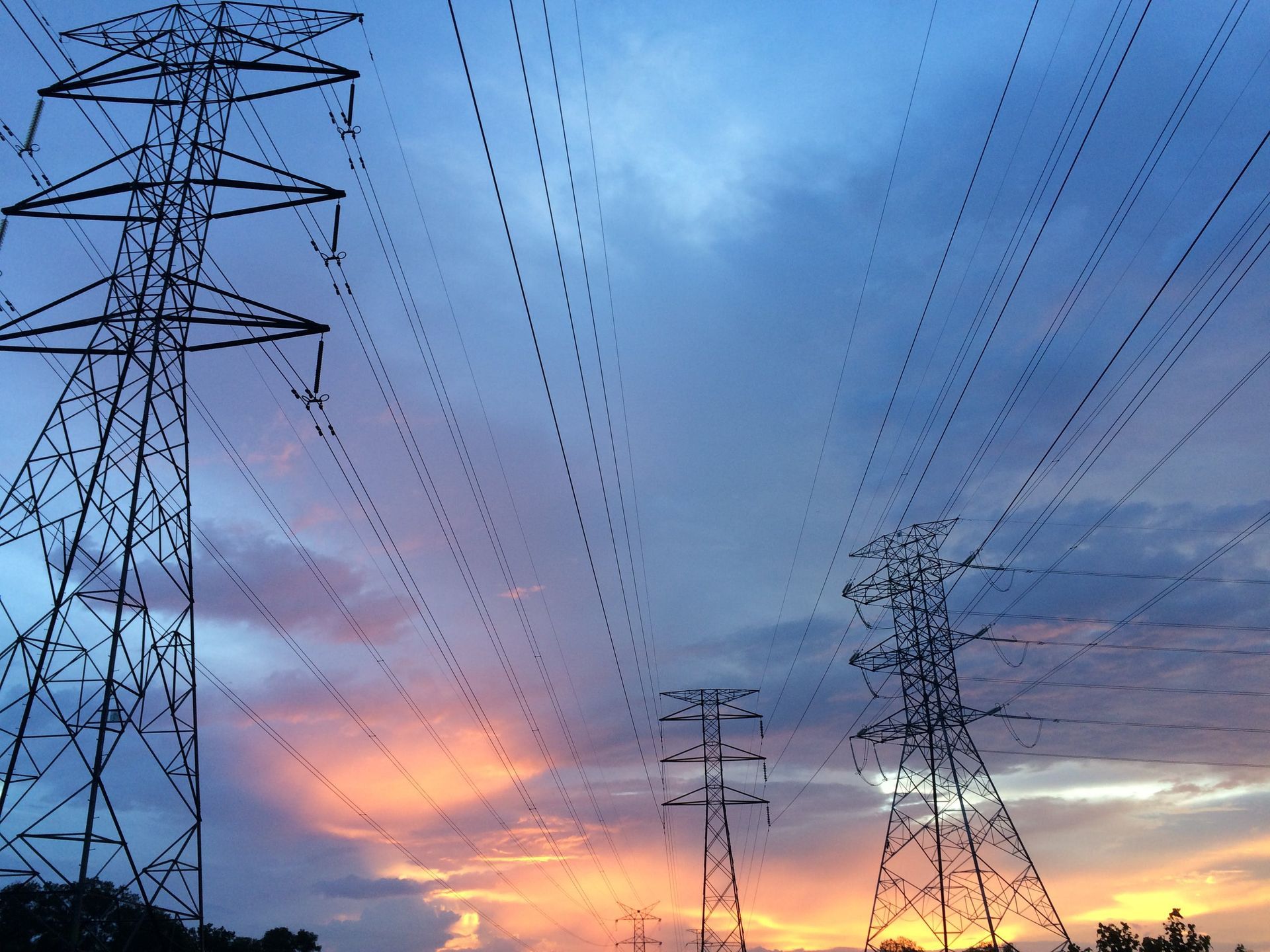Paris 2024 Olympics - Pioneering Sustainability in Sports
Pioneering Sustainability in Sports
The Paris 2024 Olympics is poised to make history not just as a celebration of athletic prowess and global unity but also as a groundbreaking demonstration of environmental responsibility in sports. With a pioneering commitment to carbon neutrality and an array of innovative green initiatives, the games are setting a new standard for sustainability in large-scale events. This article delves into the ten key clean energy projects that are transforming the Paris 2024 Olympics into the greenest games ever.
Carbon Neutrality: Setting a New Standard for Sustainability
Paris 2024 is leading the charge in environmental responsibility by aiming to offset more emissions than the games will produce. This ambitious goal not only minimizes the event's carbon footprint but also actively contributes to global efforts to combat climate change. By setting this new standard, the Paris Olympics are inspiring other sporting events to follow suit.
"We aim to make Paris 2024 a benchmark for sustainable sports events" says Marie Sallois, Director of Sustainability at the International Olympic Committee.
Reducing Carbon Footprint: A Holistic Approach to Sustainability
The Paris 2024 Olympics is targeting a 50% reduction in carbon emissions compared to previous Summer Games. This ambitious goal is achieved through a comprehensive strategy that addresses all aspects of the event, from construction and energy to transport, catering, and procurement. This holistic approach ensures that sustainability is embedded in every facet of the games.
Renewable Energy: Powering the Games with Clean Energy
In a significant shift towards sustainability, all venues at the Paris 2024 Olympics will be powered by renewable energy. This transition not only reduces the event's reliance on non-renewable sources but also sets a precedent for future sporting events to adopt clean energy solutions.
Renewable Energy in Numbers:
- 100% of venues powered by renewable energy
- Expected reduction of 30,000 tons of CO2
Sustainable Venue Management: Minimizing Environmental Impact
The Paris 2024 Olympics is designed to minimize new construction, with 95% of venues being existing or temporary. This approach significantly reduces the environmental impact associated with building new infrastructure, demonstrating a commitment to sustainable venue management.
Case Study: Stade de France
Green Electricity: Showcasing Renewable Energy Solutions
A floating solar power plant on the River Seine will provide green electricity during the games, showcasing the potential of renewable energy solutions. This innovative project not only powers the event but also serves as a visible symbol of Paris 2024's commitment to sustainability.
Circular Economy Strategy: Maximizing Resource Efficiency
Paris 2024 is implementing a circular economy strategy that includes reusing and recycling materials, minimizing waste, and ensuring the efficient use of resources. This approach not only reduces the environmental impact of the event but also sets a precedent for future events to adopt circular economy principles. For more information on the Circular economy read: The Circular Economy and the Rise of Digital Unification
Circular Economy in Action:
- 85% of waste to be recycled or composted
- Reusable infrastructure elements
Sustainable Transport: Promoting Clean Travel
The Paris 2024 Olympics is promoting the use of public transport, shared vehicles, and bicycles, aiming to have 100% of spectators visit sites using clean transport methods. This initiative not only reduces the carbon footprint of the event but also encourages sustainable travel habits among attendees.
Eco-Friendly Olympic Village: A Model of Sustainable Development
The Olympic Village is designed as a model of sustainable development, incorporating low-carbon, eco-friendly buildings and enforcing a zero-waste policy. This project demonstrates the potential for sustainable living and serves as a blueprint for future urban developments.
Features of the Olympic Village:
- Zero-waste policy
- Low-carbon buildings
Climate Action Tools: Accelerating the Environmental Transition
Paris 2024 has developed a pioneering tool to gauge its carbon footprint and is sharing its methodology to help accelerate the environmental transition in sport and at major events. This initiative not only ensures the games' sustainability but also provides a valuable resource for other events to follow suit.
Impact of Climate Action Tools:
- Real-time carbon tracking
- Open-source methodology for future events
Legacy for Sustainability: Influencing Future Events
The Paris 2024 Olympics aims to leave a lasting legacy in sustainability, influencing future events and contributing to the fight against climate change through support for environmental projects. This long-term vision ensures that the impact of the games extends far beyond the event itself, setting a precedent for future Olympic Games and sporting events.
Legacy Initiatives:
- Support for local environmental projects
- Framework for future sustainable events
My thoughts,
The Paris 2024 Olympics is not just a sporting event; it's a platform for demonstrating the potential of sustainable practices in large-scale events. Through its commitment to carbon neutrality, renewable energy, and a range of innovative green initiatives, the games are setting a new standard for environmental responsibility in sports. As the world looks to Paris in 2024, the hope is that this pioneering approach to sustainability will inspire a global shift towards greener, more responsible sporting events.
Join the Conversation!
- Share this article with the hashtag #Paris2024 to spread awareness.
- Follow our journey to the greenest Olympics ever on our social media channels.




Illuminating Communities: The Social Benefits of Distributed Photovoltaic Solar Arrays in New Jersey
Business Hours
- Mon - Fri
- -
- Sat - Sun
- Appointment Only
All Rights Reserved | Ecological Systems LLC | Privacy Policy






Share On: